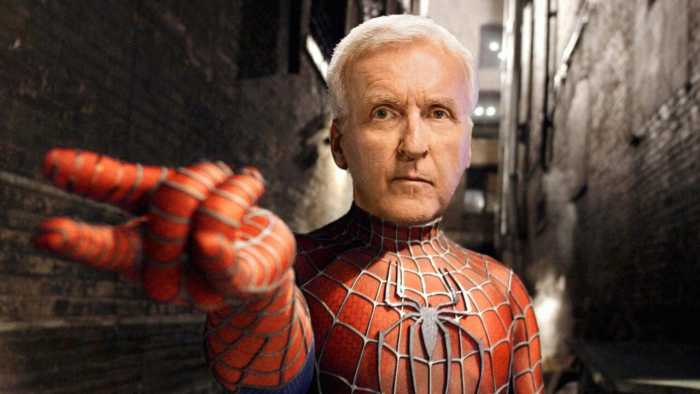
A look at what could have been James Cameron’s bold, revolutionary R-rated Spider-Man project
A job never done, a vision left in the pipeline. This defines James Cameron’s take on Spider-Man, a film that left an indelible mark on the Marvel landscape. Let’s break down how this bold project is woven into a complex web of film rights and what it could mean for the franchise.
Spider-Man’s web of rights begins in 1985
It was 1985 when Canon Films, known for its exploits, entered the Marvel Universe by acquiring the rights to Spider-Man. Israeli cousins Menahem Golan and Yoram Globus at the helm of Canon planned a grand project that, ironically, never came to fruition. Despite their history of film failures, such as Superman IV: Mission for Peace, the option on the rights cost them $225,000 plus a percentage of the gross.
James Cameron has walked this path full of promises and promises. After the success of Terminator 2: Judgment Day, Carolco Pictures chose to bring Spider-Man to life with an original budget of twenty million dollars. However, financial problems soon appeared. Bursting with financial problems and lawsuits, Carolco drastically cut his budget. Despite these problems, Cameron submitted a 50-page script that promised a darker, more mature version of Spider-Man.
Spider-Man is not suitable for children
Cameron’s approach was very different. He imagined Peter Parker not only as a friendly neighborhood Spider-Man, but also as one caught in the turmoil of adolescence, with organic powers rather than the usual mechanical web-slingers. His script included profanity, a sex scene on the Brooklyn Bridge, and graphic depictions of sexual stimulation, all of which warranted an R rating.
This vision never appeared on the screens, and after the success of Titanic, Cameron decided to abandon the adaptation of other people’s IPs and focus on his own projects, such as the Avatar saga. His Spider-Man remained in the realm of what could have been, which made us wonder how it would affect the superhero genre.
This would-be tale not only takes us on a journey of creative possibilities, but it also makes us think about how film rights can dramatically affect artistic vision. Known for pushing the boundaries of cinematic technology, Cameron could have taken the superhero genre to new heights. Although his version didn’t materialize, it left us with a legacy of speculation and “what ifs,” fueling fans’ imaginations for years to come.
Other directors who contribute a unique vision
Exploring the options in the director’s universe for our friend and neighbor, we found images that could bring a unique vision for the spider hero. Known for his attention to detail, David Fincher could have explored Peter Parker’s duality and internal conflicts in the same dark, deep Arachnid as he did in Fight Club.
On the other hand, Guillermo del Toro, with his talent for fantasy cinema and his ability to create visually stunning worlds, could have emphasized the more mystical or sci-fi aspects of the Spider-Man universe. His approach enriches the narrative with dark elements and fantastical creatures, providing a new and visually stunning vision that captures the imagination of fans in unexpected ways.

